"Serbian dinar region's most stable currency"
Over the past six months, the Serbian dinar was the most stable of currencies of countries with similar exchange rate regimes to that of Serbia.
Tuesday, 13.12.2011.
10:45

Over the past six months, the Serbian dinar was the most stable of currencies of countries with similar exchange rate regimes to that of Serbia. This was heard on Monday during a news conference in Belgrade from National Bank of Serbia Governor (NBS) Dejan Soskic. "Serbian dinar region's most stable currency" Soskic told reporters the dinar fell by 0.5 percent in the first half of the year, which was significantly lesser than in the case of currencies of other countries of the region - Hungary, Poland, Turkey, the Czech Republic, Romania and Croatia. Like other currencies in the region, the dinar dropped in value in November compared to October, at an average of two percent, he said. Lending activity is still slowing down, with problematic loans accounting for 19.1 percent of loans in October. Soskic noted that banks are increasingly turning to dinar-based loans. If at first the interest rates seem not to be competitive enough with the interest on loans based on foreign currencies, it is expected that this type of loan will become cheaper with falling inflation and reference interest rate. According to the NBS projection, the growth of gross domestic product (GDP) in 2011 should by about two percent and should be based on growth in investment activity and, to a lesser extent, net exports, while the contribution of final consumption is expected to be negative again this year, the NBS governor said. Taking into account the worsened macroeconomic performance of Serbia's major trade partners, the central bank has cut its GDP growth forecast for 2012 to about 1.5 percent and, according to the NBS estimates, economic growth should next year be driven primarily by net exports. Soskic pointed out that year-on-year inflation fell to 8.1 percent, continuing the decline that has been ongoing since May. A crucial contribution to the decline in inflation pressures was due to the fall in prices of processed food, the cut in inflation expectations and low aggregate demand. In the first quarter of next year, the NBS expects a sharp drop in inter-annual inflation rate and its return to the boundaries for the target rate by March, for the most part due to the exclusion of significant price increases from the beginning of 2011 from its calculation. After that, inflation should remain low, for the most part due to low aggregate demand, continued decline in inflationary expectations and the stability of food prices. Dejan Soskic (Tanjug)
"Serbian dinar region's most stable currency"
Šoškić told reporters the dinar fell by 0.5 percent in the first half of the year, which was significantly lesser than in the case of currencies of other countries of the region - Hungary, Poland, Turkey, the Czech Republic, Romania and Croatia.Like other currencies in the region, the dinar dropped in value in November compared to October, at an average of two percent, he said.
Lending activity is still slowing down, with problematic loans accounting for 19.1 percent of loans in October.
Šoškić noted that banks are increasingly turning to dinar-based loans. If at first the interest rates seem not to be competitive enough with the interest on loans based on foreign currencies, it is expected that this type of loan will become cheaper with falling inflation and reference interest rate.
According to the NBS projection, the growth of gross domestic product (GDP) in 2011 should by about two percent and should be based on growth in investment activity and, to a lesser extent, net exports, while the contribution of final consumption is expected to be negative again this year, the NBS governor said.
Taking into account the worsened macroeconomic performance of Serbia's major trade partners, the central bank has cut its GDP growth forecast for 2012 to about 1.5 percent and, according to the NBS estimates, economic growth should next year be driven primarily by net exports.
Šoškić pointed out that year-on-year inflation fell to 8.1 percent, continuing the decline that has been ongoing since May. A crucial contribution to the decline in inflation pressures was due to the fall in prices of processed food, the cut in inflation expectations and low aggregate demand.
In the first quarter of next year, the NBS expects a sharp drop in inter-annual inflation rate and its return to the boundaries for the target rate by March, for the most part due to the exclusion of significant price increases from the beginning of 2011 from its calculation.
After that, inflation should remain low, for the most part due to low aggregate demand, continued decline in inflationary expectations and the stability of food prices.



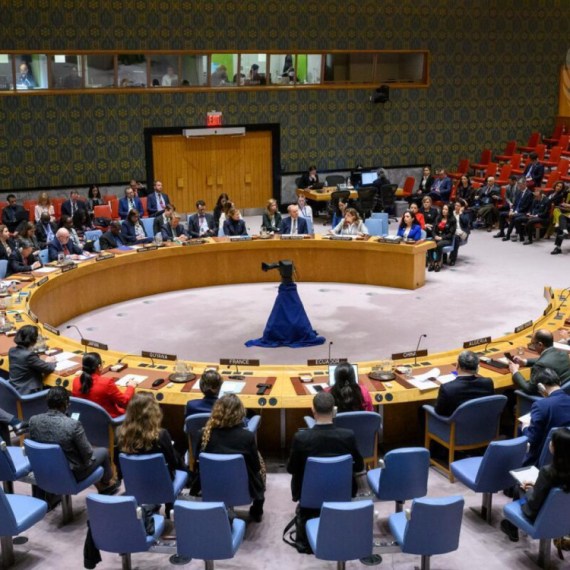








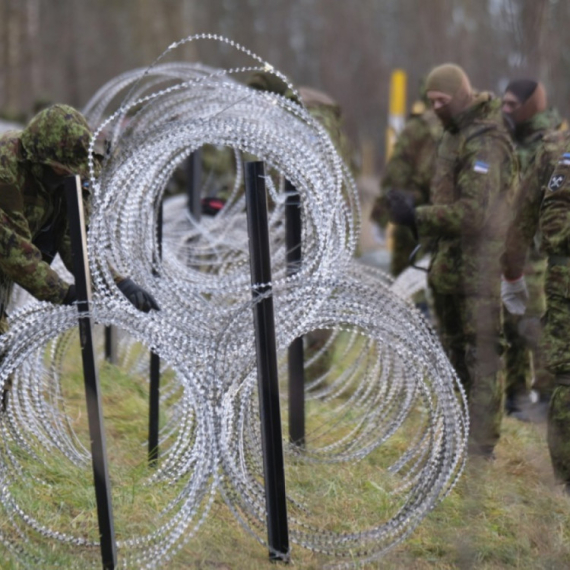


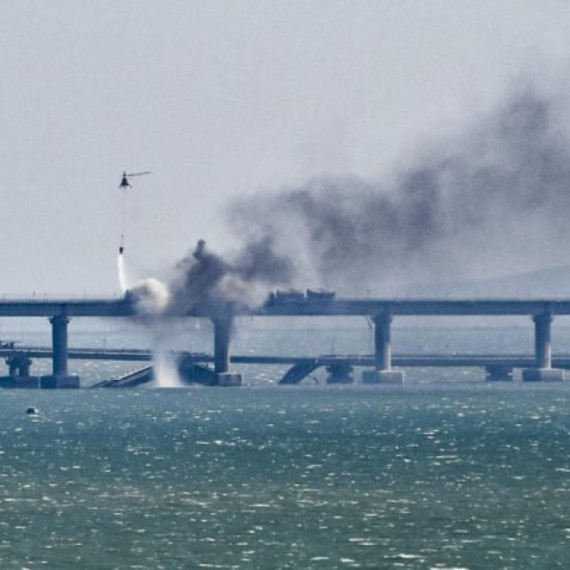















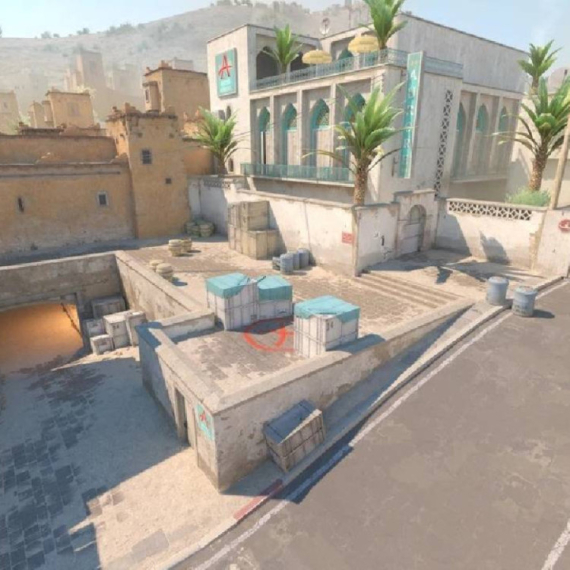





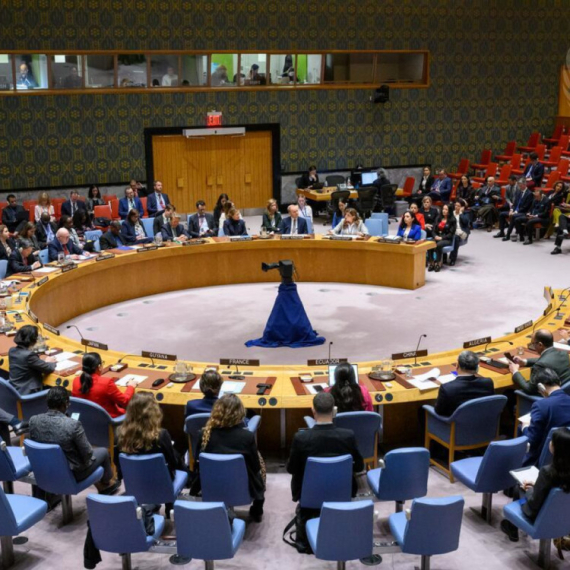
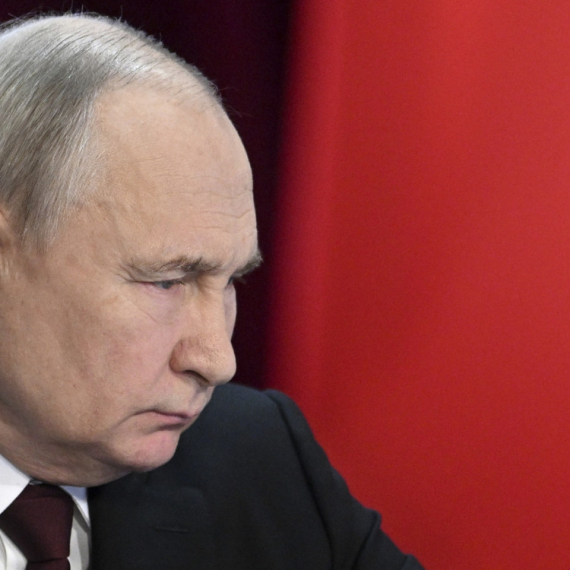

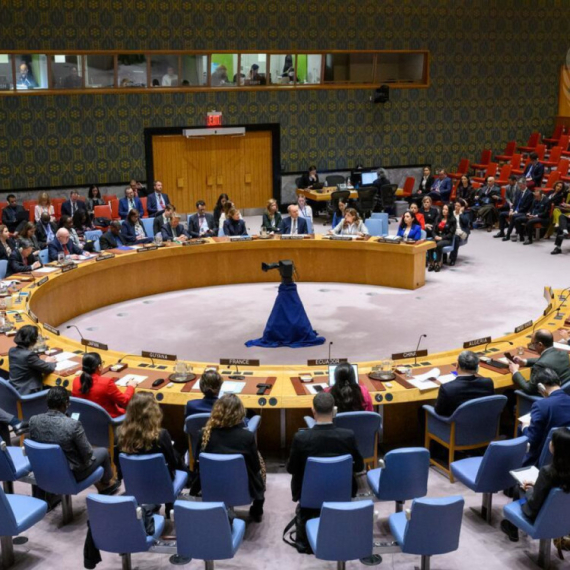
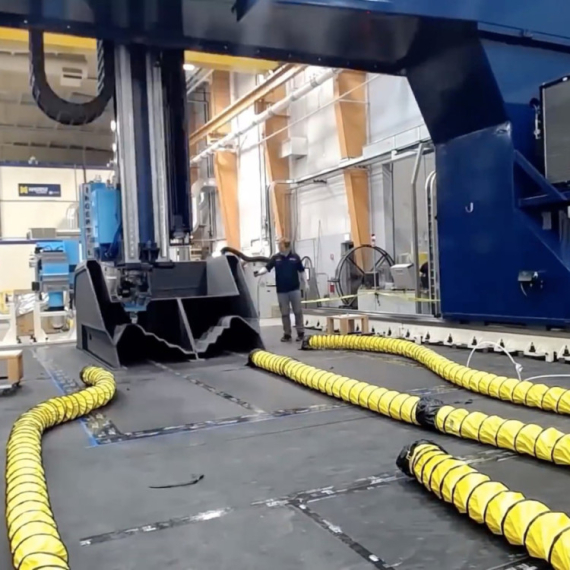









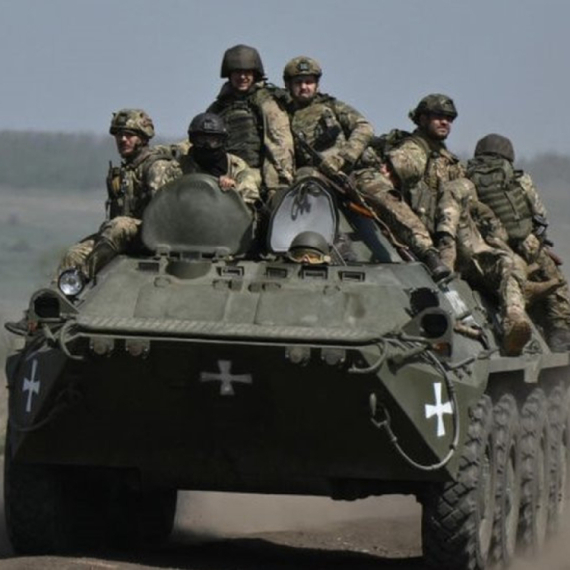





Komentari 1
Pogledaj komentare